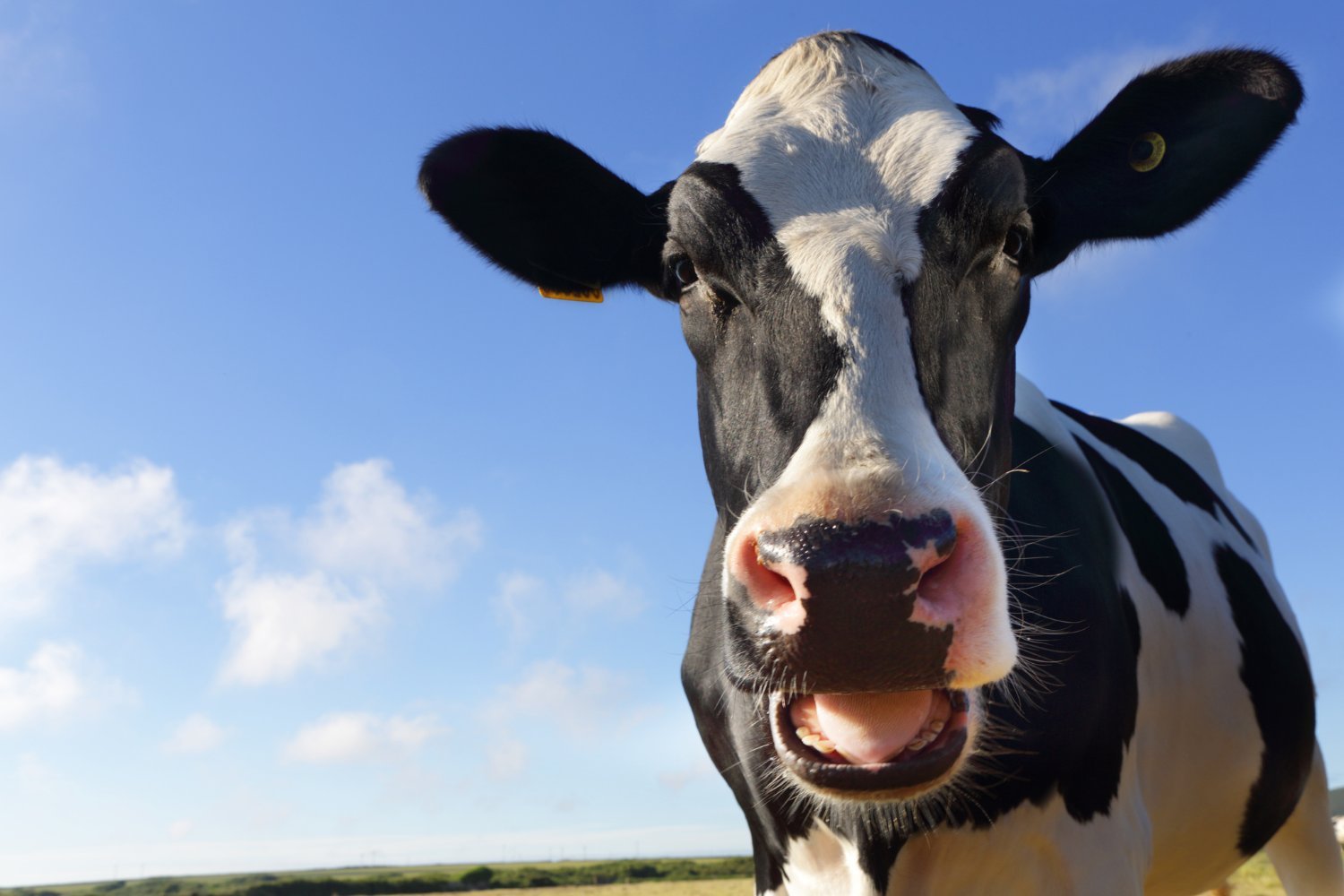
H5N1 Bird Flu: Evolution and Human Infections
The H5N1 bird flu virus, known for its devastating impact on poultry and wild birds worldwide, has recently taken a concerning turn with the emergence of a new variant that has jumped species from dairy cows to humans.
The Shift from Birds to Cows
In 2024, the H5N1 virus breached the species barrier, infecting dairy cows in numerous states. The B3.13 genotype, initially responsible for these outbreaks in cows, caused relatively mild symptoms. However, earlier this year, a more alarming variant, D1.1, was detected among cows in Nevada. This discovery raised concerns due to its rapid spread and increased human infection potential.
Human Infections and D1.1
The recent human case in Nevada is the first recorded instance of H5N1 infection in the state. Notably, the infected individual was a farm worker exposed to cows carrying the D1.1 genotype. The worker experienced mild conjunctivitis, highlighting the potential for asymptomatic or mild infections in humans.
D1.1 has become the dominant strain in wild birds, contributing to occasional human infections in recent months. In January, Louisiana reported a fatal case of H5N1 D1.1 infection linked to both backyard chickens and wild birds. Similarly, Canada experienced its first human case involving a teenage girl infected by wild birds.
Molecular Adaptations and Human Risk
The presence of D1.1 in cows and humans raises concerns about the potential for further adaptation to mammals, increasing the risk of severe infections. The USDA has identified a specific mutation in cow-derived D1.1 strains associated with mammalian adaptation, enhancing the virus’s ability to infect and sicken mammals.
Monitoring and Preparedness
While no evidence of human-to-human transmission of H5N1 has been observed, the potential remains a significant threat. The ongoing circulation of the virus among various species increases the likelihood of a strain emerging with a heightened ability to infect and sicken humans.
Mitigation Measures
Minimizing the risk of human H5N1 infections requires comprehensive mitigation and preparedness efforts. These include:
- Surveillance of virus evolution and monitoring human exposure
- Biosecurity measures in poultry and animal farming
- Public health campaigns to raise awareness
- Development of effective vaccines and treatments
Conclusion
The emergence of H5N1 D1.1 in both cows and humans signals a concerning expansion of the virus’s host range. While current cases appear to be sporadic and mild, the ongoing evolution of the virus warrants continued vigilance. Maintaining robust surveillance, promoting biosecurity practices, and investing in research and preparedness measures are crucial to mitigating the potential threat of a human influenza pandemic.
